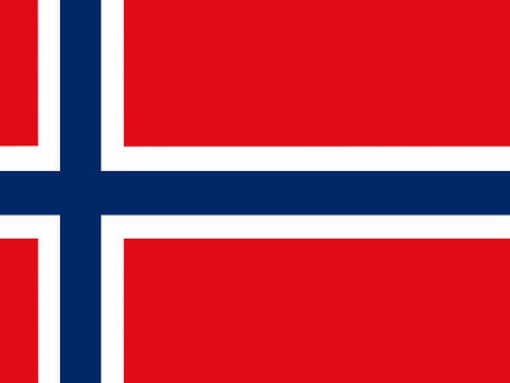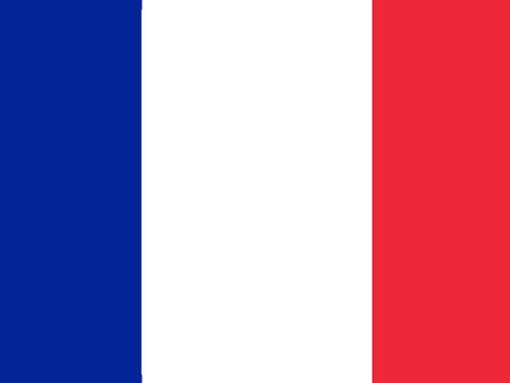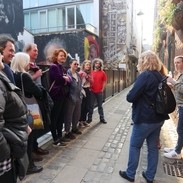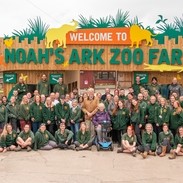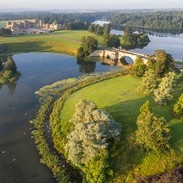Netherlands
Note on IPS
Please note, 2024 data from the International Passenger Survey is badged as ‘official statistics in development’ and estimates are subject to future change as further improvements to the methodology are introduced. The ONS are not endorsing comparisons with previous years. See the ONS website for more information.
Introduction
Travellers from the Netherlands made 27.3 million outbound visits in 2024, with a total international tourism expenditure of US$26.7 billion.
In 2024, the UK welcomed 2.0 million from the Netherlands. During the travellers’ visits, their total expenditure was a record £1.2 billion, with an average spend of £595 per visit.
Visitor characteristics
- Holiday visits generated 57% of all spend by visitors to Britain from the Netherlands in 2024, compared to the market average of 47%. 22% of Dutch visitors were travelling for business, contributing a record £238 million.
- In 2024, 8% of visitors from the Netherlands (21% visiting friends and relatives) were UK nationals.
- Just under three quarters of the nights spent in Britain by Dutch visitors are outside of London. Nights in Scotland account for 18%.
- The highest share of Dutch visitors to Britain live in Noord Holland, with 38% residing in Amsterdam.
- More than three-in-four holiday visitors are making a repeat trip to Britain (excluding British nationals, within ten years).
- 96% of departing visitors (excluding British expats) are either ‘likely’ or ‘extremely likely’ to recommend a visit to Britain.
Explore the inbound data in full
Use our visualisations to see data from this market in greater depth and clarity. Compare annual statistics, and filter by age group, gender, trip duration and more. Includes seasonality, trip purpose and regional spread of visitors to UK destinations. This data is based on the International Passenger Survey, conducted by the Office for National Statistics (ONS).
Please click on the button below and select the market you are interested in.
Perceptions of Britain in the Netherlands market
- The Dutch rated the UK 7th out of 60 nations in the 2022 Anholt-Ipsos Nation Brands Index (the latest report in which the Netherlands was included).
- The UK was ranked second for its vibrant city life/urban attractions, third for contemporary culture and culture in general and fourth for sport and cultural heritage (2022).
- The top three perceptions of Britain amongst Dutch travellers in 2022 (MIDAS: A Global Report):
- There are vibrant towns and cities to explore.
- I can roam around visiting many types of places.
- It is a mixture of old and new.
- Activities that appeal to potential Dutch visitors include ‘spotting wildlife in the Scottish Highlands’, ‘enjoying a traditional afternoon tea’, ‘taking a canal boat tour through the waterways of England’, ‘riding the scenic ‘Hogwarts Express’ (Harry Potter train) through the Scottish Highlands’ and ‘walking along Hadrian’s Wall in Northern England’ (NBI, 2019).
Global context
Top-level statistics relating to tourism expenditure and popular destinations for this market. For greater detail on inbound tourism flows from this market to the UK, see our data visualisations.
| Measure | 2024 |
| International tourism expenditure (US$bn) | 26.7 |
| Global rank for international tourism expenditure | 15 |
| Number of outbound visits (m) | 27.3 |
| Most visited destination | France |
Caring for visitors
- There is an overall preference for small-scale (family-run) hotels and self catering cottages with character and traditional decoration – preferably in a countryside village.
- British gastropubs are a good option for Dutch travellers, as they enjoy the atmosphere of a traditional pub with food that is good value for money.
- Having a traditional afternoon tea is often high on the wish list while visiting Britain. Walking and cycling are popular activities with the Dutch.
- Many Dutch holiday visitors tend to start thinking about their trip early, with around one-in-three commencing as early as six months or more in advance. But more than half of trip bookings are placed within two months of travel.
The leisure and travel trade
- The Dutch travel trade is composed of tour operators, coach operators and travel agents, as well as group travel organisers such as schools, night schools and associations.
- Dutch consumers are very independent, and Britain is a familiar country to them. As such, quite a few consumers book their holidays directly.
- Sea carriers such as P&O Ferries, Stena Line and DFDS Seaways and the Eurostar train are very strong brands in the Netherlands, and they also offer accommodation and short breaks usually in cooperation with a tour operator.
- The Dutch value their private life, and in general are not too keen to go out for business dinners. Other business events such as networking meetings and lunches have a higher chance of success but need to have a clearly stated business purpose.
Access to Britain from the Netherlands
The key routes and transport modes that connect this market with the UK.
| Measure | 2024 |
| Weekly aircraft departures | 796 |
| Weekly seat capacity | 111,647 |
| Airports with direct routes in the Netherlands | 3 |
| Airports with direct routes in Britain | 23 |
- In 2024, 63% of visitors from the Netherlands flew to Britain, 21% travelled by sea and just 16% came via the Channel Tunnel (IPS).
- There is excellent access to all parts of Britain from the Netherlands, but the highest capacity (44% of total seat capacity in 2024) is on routes into London airports.
- Following the COVID-19 pandemic, scheduled seat capacity on non-stop flights from the Netherlands to the UK recovered to 86% of 2019 levels in 2024.
- To see rates of Air Passenger Duty for those departing Britain by air for the Netherlands, click here.
- To see entry requirements for visitors from this market, click here.
Further resources
Where visitors from the Netherlands to the UK reside in their own country
How we source this information
We work with a number of data sources to provide a rich and insightful picture of our key inbound source markets. This includes, but is not limited to, data provided by Oxford Economics, the UNWTO, Apex, Anholt-Ipsos Nation Brands Index and from our own surveys and ad-hoc research. The largest share of these data comes from the International Passenger Survey (IPS) by the ONS.
Visit our About the International Passenger Survey page for more information on how this data is collected and analysed.

